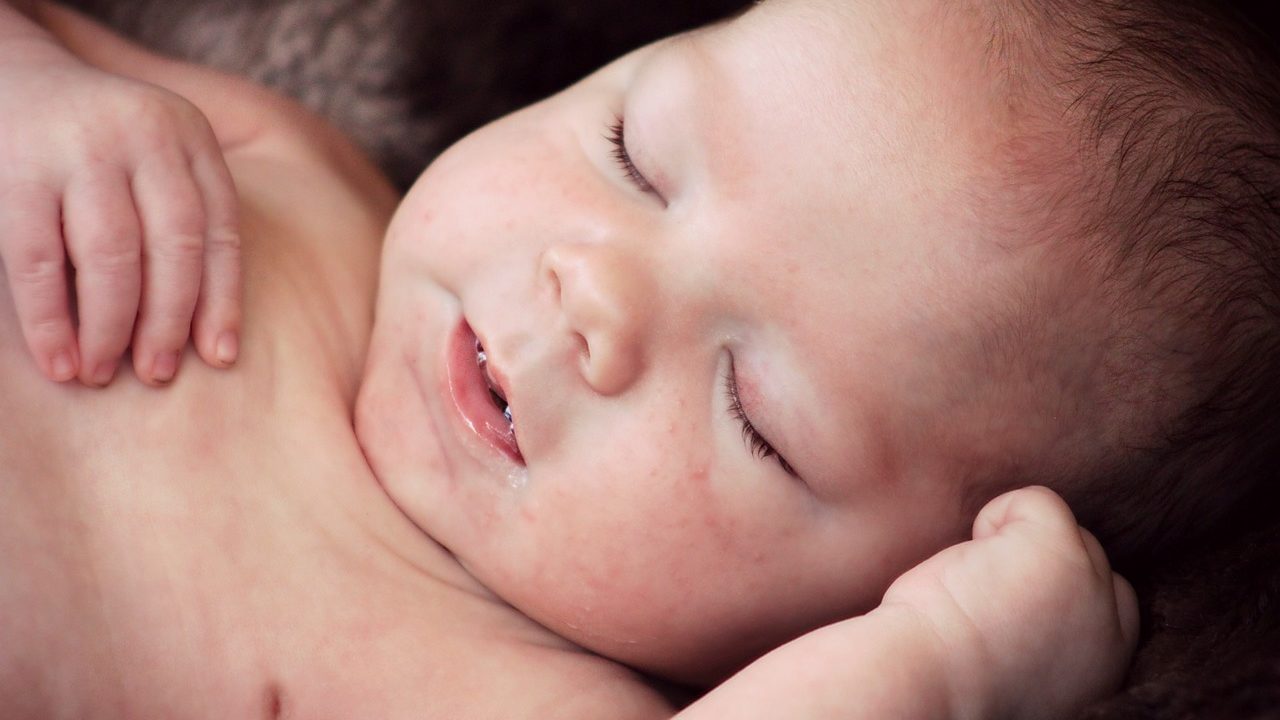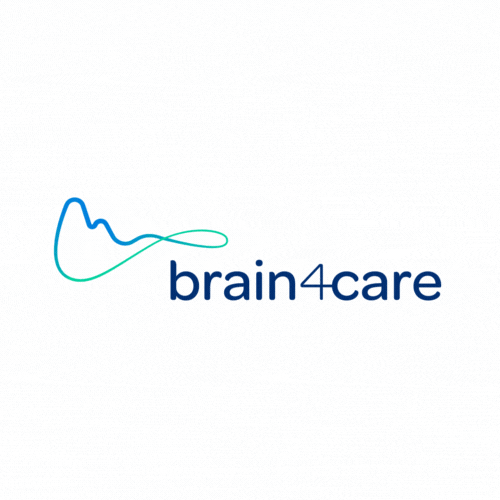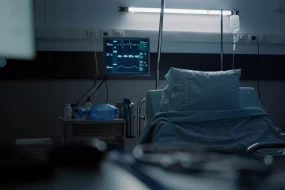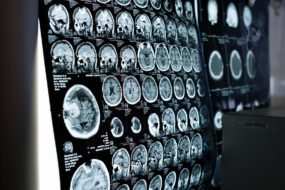
Study is the first to employ new wearable CT technology to generate neurological images of newborns in the crib
Why do babies spend so much time sleeping? Research published in January 2023 in the scientific journal ScienceDirect explores the intriguing world of brain connectivity during neonatal sleep. Led by researcher Júlia Uchitel, the team consisting of Borja Blanco, Liam Collins-Jones and other scientists employed a new generation of high-density diffuse optical tomography (HD-DOT) wearable technologies.
The research was inspired by the need to overcome the limitations of traditional tools, such as functional magnetic resonance imaging (fMRI), when studying newborns. The goal was to understand resting-state functional connectivity (RSFC), essential for unlocking the mysteries of developing brain architecture.
Resting-state functional connectivity in newborns has provided a deeper understanding of the intrinsic functional architecture of the developing brain. While fMRI offers advantages, its application in clinical settings is limited for newborns. Studies with fMRI require prolonged periods outside clinical units, immobility during recording and, often, sedation of babies, impacting functional hyperemia. These conditions significantly limit the number and types of studies that can be performed on newborns, particularly those who are vulnerable.
Given this, the team’s goal was to adapt the wearable HD-DOT for use with newborns in clinical settings, overcoming challenges faced by traditional methods. The study, carried out at Rosie Hospital (Cambridge University Hospitals NHS Foundation Trust), involved 45 healthy full-term neonates, that is, newborns with normal or low-risk clinical conditions (with good vitality, adequate intrauterine growth and absence of pathologies or malformations). The study was approved by the ethics committee and written informed consent from parents was essential for participation.
Of the 45 neonates, 17 datasets were excluded due to insufficient segments for subsequent HR analysis, resulting in 28 individuals for HD-DOT data analysis. A significant correlation was observed in the motor cortex contralateral to the seed region, being more evident for the left seed and HbO compared to HbR. The correlation decreased radially toward the parietal cortex, suggesting the presence of fronto-parietal networks. These findings indicate physiologically significant patterns in functional connectivity (FC) during neonatal sleep.
In a groundbreaking conclusion, the study stands out as the first to employ wearable HD-DOT on newborns for neuroimaging in the crib. The adaptation of this technology to the neonatal population, with the development of an appropriate harness, allowed long recording periods, demonstrating the feasibility of studies in clinical environments. Furthermore, the system was well tolerated by babies, with the maximum study duration exceeding two hours.
“These considerations are important for vulnerable newborns, such as premature babies in intensive care, for whom bulky fiber optics or transport outside the intensive care unit are not feasible,” the research shows.
System
Using the feed and wrap approach to promote sleep, data recording sessions were intended to last one hour, but some ended early due to clinical procedures or awakenings. A wearable system, called LUMO, was employed, consisting of hexagonal modules with LED sources and detectors. These modules were integrated into a flexible cap for newborns, called EasyCap, ensuring better adaptation to different head shapes. The cap was positioned using head circumference measurements, and the exact location of the sensors was obtained through three-dimensional scans using an iPhone.
The instrument used by researchers to perform functional neuroimaging of the brain of newborns was the wearable helmet called HD-DOT. The modular and portable design allowed the system to be applied next to the crib, with easy transport. The results showed the feasibility and tolerance of the method, revealing brain connections during sleep. Furthermore, they introduce a cortical parcellation scheme for more efficient analyses.
Analysis
To analyze HD-DOT data, channels with low coefficient of variation were discarded, and motion artifacts were removed. We chose to use 3 minutes of artifact-free data, classifying it as AS or QS based on videos. The average time series was processed to remove physiological noise, resulting in data from 11 subjects classified as AS and 23 as QS. The study applied methods to ensure reliability in the analysis of functional connectivity in infants.
The findings represent a significant advance in understanding functional brain activity during neonatal sleep. The application of wearable HD-DOT opens perspectives for broader studies, offering valuable insights for vulnerable babies, such as premature babies in intensive care, where other approaches are not feasible. This milestone in neonatal neuroimaging promises to contribute to future clinical applications and advances in understanding brain development in newborns.
Feasibility x researchers
The research was funded by grants from Action Medical Research and NIHR Cambridge Biomedical Research Centre. The team of researchers includes Júlia Uchitel, Borja Blanco, Liam Collins-Jones, Andrea Edwards, Emma Porter, Kelle Pammenter, Jem Hebden, Robert J Cooper and Topun Austin. Austin received support from the NIHR Cambridge BRC and the NIHR Brain Injury MedTech Co-operative. Júlia Uchitel is a recipient of Marshall and Cambridge Trust scholarships.
The article can be accessed here.





